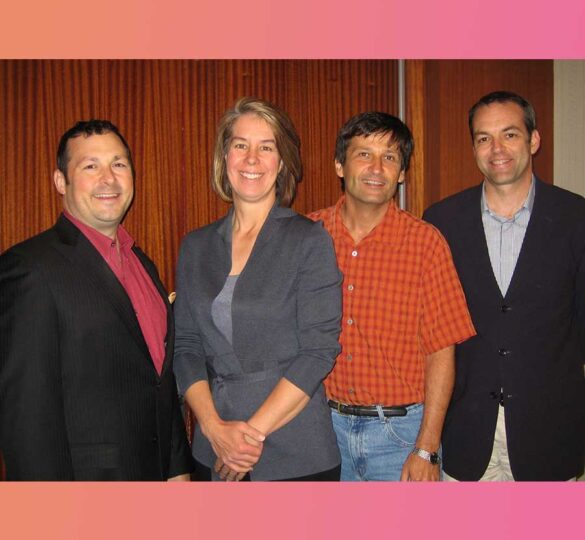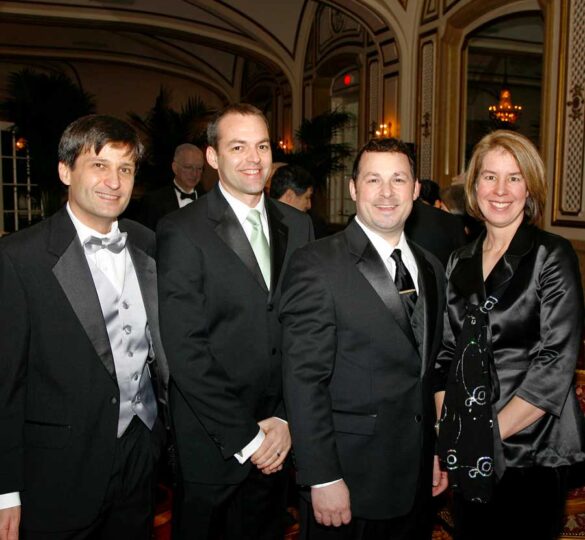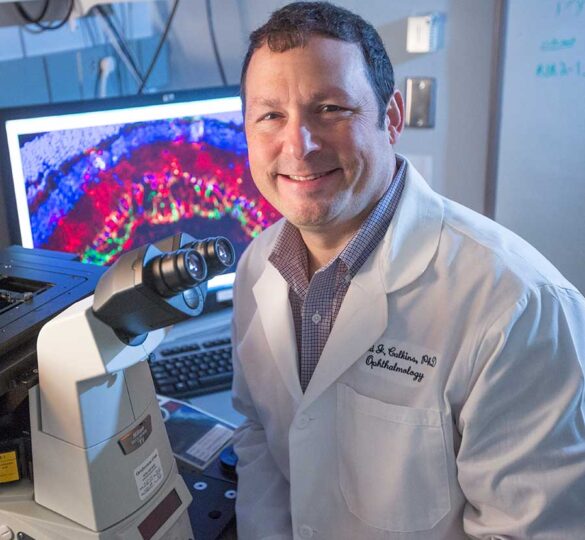Research Updates

What Causes Vision Loss in Glaucoma?
Researchers hope that by studying other neurodegenerative diseases, we can identify common causes that will help us develop new treatments for glaucoma.

Eye Drops May Delay or Prevent Glaucoma in African Americans
Eye drops that reduce elevated pressure inside the eye can delay or possibly prevent the onset of glaucoma in African Americans at higher risk for developing the disease, researchers have found.

Catalyst for a Cure Roundtable (CFC1)
These videos with the Catalyst for a Cure researchers were filmed during a roundtable interview discussion in January 2011 at the Palace Hotel in San Francisco.

Catalyst for a Cure (CFC1) Report: Nine Years of Innovation
The Catalyst For a Cure has reshaped the direction of glaucoma research by taking a pioneering approach that should become a model for research in other diseases.

Catalyst for a Cure 2011 Progress Report
The research team identified a period of vulnerability for retinal ganglion cells early in the disease, when these cells are more sensitive to metabolic insults and stressors.

Catalyst for a Cure Identifies Key Early Events in Glaucoma
During the year 2009, the investigators of the Catalyst for a Cure (CFC1) consortium worked together to probe how retinal ganglion cells are damaged and decline in glaucoma.

Brain Holds Early Signs of Glaucoma
In a recent study, David Calkins, PhD discovered that the first sign of injury in glaucoma actually occurs in the brain.

CFC Scientists Reply to Questions about Genetics and Glaucoma
The Catalyst For a Cure (CFC1) researchers are: David Calkins, PhD, Philip Horner, PhD, Nicholas Marsh-Armstrong, PhD, and Monica Vetter, PhD.